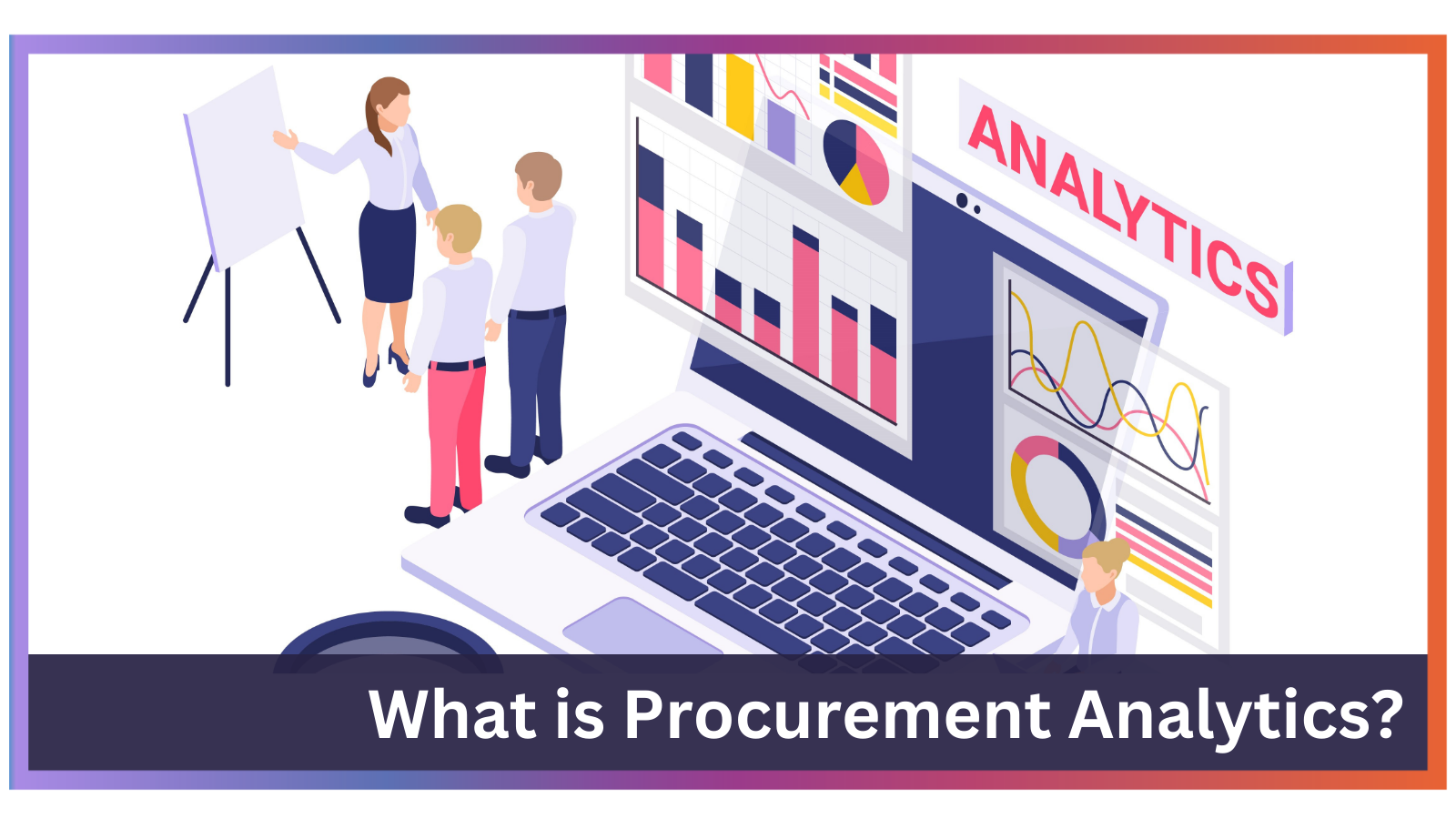What is Procurement Analytics and Why It is Important
Posted On: Jan 19, 2024
Procurement, a cornerstone of a supply chain, involves a set of practices such as finding a company’s requirements, acquiring goods and services at the best available price, and paying to the vendors for completing the business needs. This strategic process needs to be optimized with changing market demands and aligned with the company’s business strategy.
Index
- What is Procurement Analytics?
- What is procurement data?
- What is the importance of analytics for procurement?
- What are the stages of Procurement Analytics?
- How can partner portal help in procurement analytics?
One way to optimize the process is analyzing various data at each stage of procurement that helps the organization to gain insights and make well-informed and data-driven business decisions. Therefore, procurement analytics holds major potential to streamline the process.
What is Procurement Analytics?
Procurement analytics is the process of collecting, analyzing, and deriving insights from procurement data to influence decision-making processes and build business strategy. It helps the organization to enhance the purchasing process, generate effective and actionable insights, and describe, predict, or improve business performance.
Procurement analytics enables analytical spending by providing a better visual of the business and its activities in a more comprehensible way, rather than just being a puzzled list of figures and data. The process creates a procurement information hub, that serves as a single source of truth. It enables the organization to discover insights that can be considered for any action.
What is Procurement data?
The heterogeneous landscapes of data associated with the procurement process are known as procurement data. The data is classified into two types- external procurement data and internal procurement data.
External Procurement data refers to all types of data sourced from outside of the organization’s financial databases. It includes market reports, bank information, public financial statements, and an external analytics database. The data helps the organization to make decisions and strategies according to the market.
However, Internal procurement data is the information generated within the organization. It includes the company’s financial records, vendors’ data, transactional data, purchased product details, required products or services, etc. It helps the organization to make data-driven decisions that would benefit the business and its vendors.
Procurement analytics combines the most valuable assets of internal and external data and provides the most useful information to the organization. It helps the organization in improving forecasting and budget management.
What is the importance of analytics for procurement?
In this digital era, every industry is generating a huge amount of data through multiple sources. The available data is raw and essential facts that organizations need to measure a wide range of business activities. One of the activities is procurement which includes acquiring goods or services, finding potential vendors, finalizing prices, etc.

For an effective procurement process, an organization needs analyzed data to make better business decisions. Analytics, which is an important component of processing procurement data, expands objectives beyond simple analysis. It allows the organization to identify saving opportunities, sourcing potential, prioritize vendors, manage sustainable growth, address vendor risks, develop vendor relationships and facilitate innovation.
What are the stages of Procurement Analytics?
Procurement analytics enables an organization to evaluate procurement data to improve operational and strategic management. It helps in optimizing vendor relationships and up-tap opportunities to compete in the competitive market.
The process happens in three general stages – Data Extraction, Data cleansing, categorization, and enrichment, and Reporting & analysis
Data Extraction: It refers to extracting data from all possible sources, including internal and external data, and collecting it into one centralized platform. The challenging task requires significant human and capital investments.
Data cleansing, categorization, and enrichment: In this stage, the extracted data gets classified into clear and defined categories. It makes the data easier to address and manage through a single platform. It provides more visibility to make better decisions.
Reporting and analysis: Once the data gets organized, the next stage is analyzing the data. The system creates a report based on the data and provides insightful analyzed report. The objective of the analytics is to reduce time in generating effective reports.
How does Partner Portal assist in Procurement Analytics?
With the advancements in technology, Industries look for a robust and centralized procurement analytics solution for data-driven insights. Partner Portal, a centralized and cloud-based vendor management system, streamlines the entire procurement process and prevents supply disruption.
With its dynamic dashboard, and features, such as real-time inventory updates, contract management, and vendor performance, Partner Portal helps the organization to save time, reduce costs, optimize their procurement analytics process, and increase productivity. Despite of business size, the platform provides relevant insights to do better in this cutthroat business environment.
The dynamic dashboard of Partner Portal presents a single source of truth to make informed decisions with the internal data of the company and its vendors. Partner Portal allows the company to identify and mitigate supply chain and procurement risk by unraveling complex relationships between vendor and organization, products or services pricing, and risk. The organization can also identify opportunities for mitigation.
Hence, the portal serves as a centralized platform that classifies data and helps the organization make intelligent business decisions.
FAQs:
What is a procurement analysis?
Procurement analysis refers to collecting and evaluating data to study the market and performance of a company. Hence, a company uses the information to predict threats and opportunities for the future and make fact-based decisions.
What is a procurement cycle?
The procurement cycle is also known as the procurement process that involves a sequential event, begins with finding business requirements, acquiring goods or services from potential vendors, and ends with paying the vendors.
What is the role of a procurement analyst?
Procurement analysts pull out data from all possible sources and prepare well-researched reports for an organization.